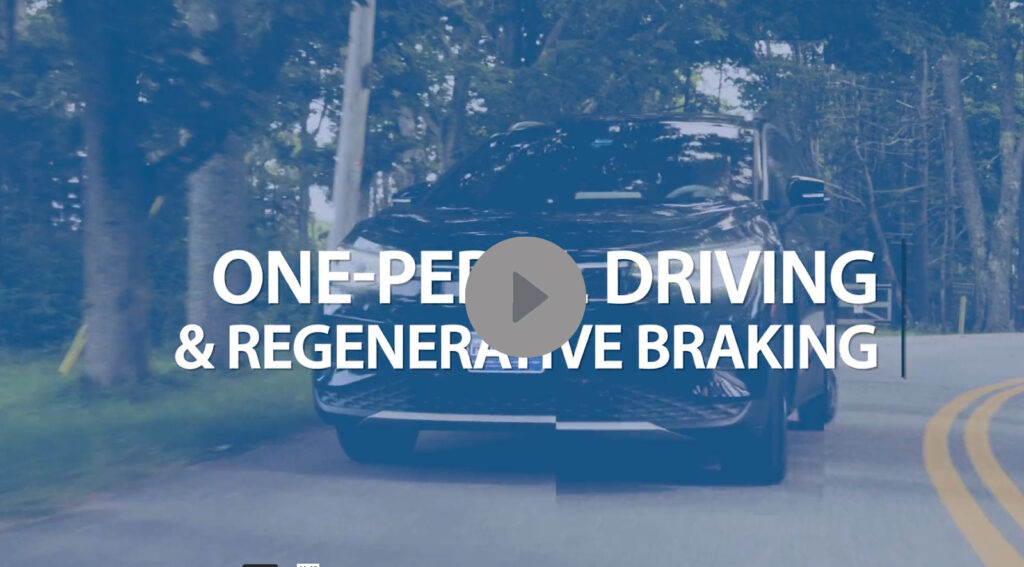Blog
Is Driving an Electric Vehicle the Same as Driving a Gas-Powered Car?

Drivers in Maine and around the world are making the switch to electric vehicles. Electric vehicles, or EVs, are fun to drive, cheaper to operate, and cleaner for the environment. In the next 10 years, it is predicted that one in every six cars on the road in Maine will be an EV. Efficiency Maine offers rebates to make the switch to an electric vehicle even easier. If you’re interested in buying an EV, we’d like to share some useful information about owning and driving them. Over the next few weeks, we’ll cover a variety of EV topics that we hope will help Mainers across the state feel confident and excited about switching to an EV. Today’s topic: is driving an EV the same as driving a gasoline car?
In many ways, driving an EV is the same as driving a gasoline car. EV drivers will not need to learn any new skills when they transition to an EV. However, there are a few ways that driving an EV can be more enjoyable than driving a gas-powered car. Additionally, EVs offer new features that help maximize range, comfort, and savings.
First, many drivers enjoy the quiet, fast, and smooth acceleration of electric vehicles. EVs have a lot more torque than gas-powered vehicles, which means that they are quicker to accelerate and zippier overall. A Ford Mustang Mach-E GT, for example, can go from 0 to 60 mph in 3.8 seconds. EVs also have a feature called regenerative braking. When EV drivers choose a setting called “one-pedal driving,” they engage regenerative braking, which allows the car to slow itself down as drivers take their foot off the accelerator. This extends an EV’s range and also contributes to longer brake life. To learn more about one-pedal driving and regenerative braking, watch our short video here.
Electric vehicles are available as either battery electric vehicles (BEVs) or plug-in hybrid electric vehicles (PHEVs). BEVs run entirely on electricity from a battery, while PHEVs can run either on electricity or gasoline, as they have both a battery and an internal combustion engine. PHEVs typically start in all-electric mode, running on electricity until their battery is depleted, which typically ranges between 10 and 50 miles. When the PHEV battery is depleted, the vehicle will automatically switch to gasoline. The switch is seamless and barely noticeable.
Overall, driving an electric vehicle is very similar to driving a gas-powered car – but with a few unique features and a bit more zip! And if those qualities aren’t enough, EVs can also save you more money in the long run. We’ll tell you more about the fuel and maintenance savings you can expect from driving an EV in our next EV blog post.
Efficiency Maine offers instant rebates for eligible BEVs and PHEVs at participating Maine car dealers. Eligible vehicles direct from a manufacturer are eligible for mail-in rebates. For a detailed list of vehicles that qualify for Efficiency Maine rebates, visit https://www.efficiencymaine.com/docs/EV_Rebate_Eligible_Vehicles.pdf. To find a participating dealer near you, visit https://www.efficiencymaine.com/docs/EV_Accelerator_Participating_Dealers-3.pdf. Also check https://www.efficiencymaine.com/ev/ for our EV video library and other resources.
Click the image below to watch a short video about one-pedal driving and regenerative braking.
To subscribe to Efficiency Maine’s blog page, please click here.

